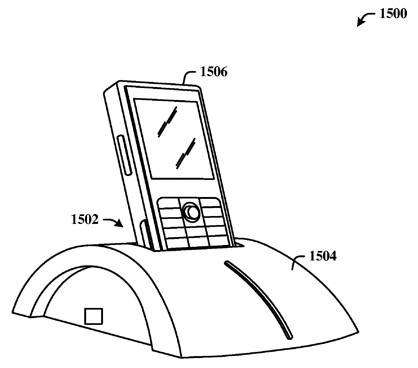 It’s tempting to crack a joke about “Skip Intro” coming soon to a smartphone near you. But seriously, this is good news: Here at Mobile World Congress in Barcelona, Adobe is announcing that it plans to bring Flash Player to phones running the Windows Mobile, Android, and Symbian Series 60 operating systems, as well as Palm’s upcoming Web OS, in 2010. This is supposed to be full-fledged Flash, not the slimmed-down “Flash Lite” technology that’s been on phoned for years and which has failed to make any impact at all.
It’s tempting to crack a joke about “Skip Intro” coming soon to a smartphone near you. But seriously, this is good news: Here at Mobile World Congress in Barcelona, Adobe is announcing that it plans to bring Flash Player to phones running the Windows Mobile, Android, and Symbian Series 60 operating systems, as well as Palm’s upcoming Web OS, in 2010. This is supposed to be full-fledged Flash, not the slimmed-down “Flash Lite” technology that’s been on phoned for years and which has failed to make any impact at all.
Say what you will about Flash, it’s unquestionably a significant component of today’s “real Web,” and I’ve spent enough time being frustrated by its absence that I’m anxious to see how it translates onto a tiny screen. Even though the one significant platform that isn’t part of Adobe’s announcement today is the one I use most often: Apple’s iPhone. [UPDATE: Er, one of two–BlackBerry isn’t part of the announcement either.] Adobe still says it’s working on Flash for the iPhone, but that it’s really up to Apple to decide whether we get it. Which it is, as long as the App Store is the only viable iPhone distribution channel…


 Not that much happening, apparently….
Not that much happening, apparently…. Zune phones are likely on their way, but don’t expect them to be produced by Microsoft, Mary-Jo Foley is reporting. Instead, Microsoft will be attempting reproduce the success of its PC business by providing devices makers with
Zune phones are likely on their way, but don’t expect them to be produced by Microsoft, Mary-Jo Foley is reporting. Instead, Microsoft will be attempting reproduce the success of its PC business by providing devices makers with 
 Palm has
Palm has 